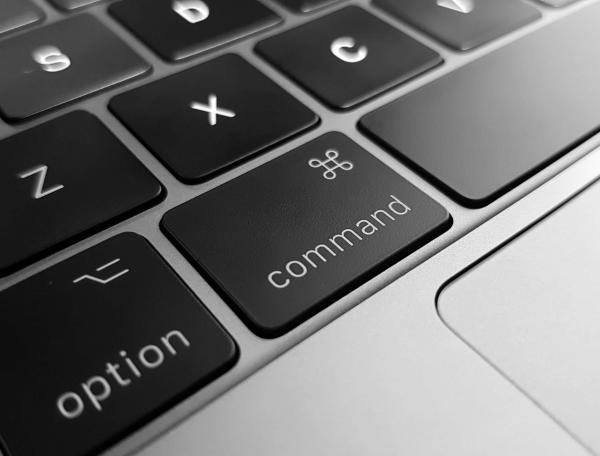How Much Memory Is Enough For A MacBook Air?
Getting the right amount of memory for your MacBook Air is important.
The wrong amount could make your computer unstable or worse, crash. It's important to keep in mind that a machine's memory is only as good as its ability to handle large amounts of data.
RAM
Getting the right amount of memory is essential to the performance of a MacBook.
A computer that has less than 4GB of RAM will already be slow and lack performance. However, a computer that has more than 8GB of RAM will be able to perform the most complex tasks with ease.
The amount of RAM that you need will depend on how often you use your Mac. Typically, you will need at least 4GB for everyday tasks such as surfing the web and sending email. If you use design or video editing software, you will likely need something like 16GB.
While a computer's most important hardware is the CPU, its RAM is a crucial piece of hardware. The CPU is responsible for allocating the needed memory for your computer. Fortunately, the SoC in Apple's Macs is good at using virtual memory.
Using more memory can help save time and effort in the long run. Ultimately, the best size is the largest capacity that you can afford.
If you're thinking about upgrading your Mac's memory, you have two options: buy a new computer with more memory, or purchase an external hard drive to store your files.
If you plan on updating your operating system regularly, you will likely need a lot more storage. If you're looking to store a lot of pictures, you may want to consider purchasing a MacBook with 1TB or more, of storage.
You may also want to consider purchasing a MacBook Air, and consider the M1 chip, which is designed to be very efficient with its memory.
Storage
You want to buy something that will do the job, without breaking the bank. A laptop operating system takes up a lot of memory and hard drive space, so it's important to know how much storage memory you need.
You may not need much more than 8GB of memory, but there are ways to maximize your Mac's storage capacity.
If you're looking to upgrade your laptop, you'll want to check its storage capabilities before you make the purchase.
Often, the advertised storage capacity is a bit on the small side. This means you may end up installing a couple of games, but only have about 128GB left for your files. If your MacBook has less than 256GB, you'll be paying for a lot of wasted space.
If you're working with a lot of files, you'll need more than 256GB of storage. You can add an external hard drive, but you'll end up adding extra bulk to your laptop. A better bet is to buy an iCloud account. If you use more than one device, such as a MacBook and an iPad, an iCloud account is a smart move.
While 8GB is enough for web browsing and streaming movies, it's not enough to perform multitasking feats such as running multiple large spreadsheets, running a virtual machine, or manipulating photographs.
There's also a new sexier Mac hard drive - a solid state drive, or SSD. SSDs are faster and shock resistant. But they also cost more. If you're going to buy a new Mac, you should get at least 256GB of internal storage.
The best way to answer the question of how much memory you need is to use the Activity Monitor to determine what's taking up what amount of space.
If you're an average user, you probably won't need more than 500GB of memory. If you're a pro, you may need at least 1TB of storage.
MacBook M1
Whether you are a gamer or just need a good PC for work, the MacBook Air with Apple's M1 processor is again, a solid option. It can be silent, has a high-resolution Retina display and has a reasonable price.
Apple's M1 is a unified memory chip, which means that the CPU and the GPU work together to perform. This means that the CPU can access the same memory pool as the GPU, reducing bottlenecks. This is especially useful when working with graphics-intensive applications.
The M1 chip has an OpenCL score of 19305, which is nearly as good as the Radeon Pro WX 4100. That's not enough to get playable performance at 2560 x 1664, but it's not far off.
Apple has also added support for eGPUs, which are similar to internal graphics cards. They offer the same graphics processing capability as the internal GPU, but can extend the life of your Mac.
They also offer the added benefit of being able to swap out graphics cards later if necessary. This is especially useful for creative editing applications, as it can stave off the need for an upgrade for years.

